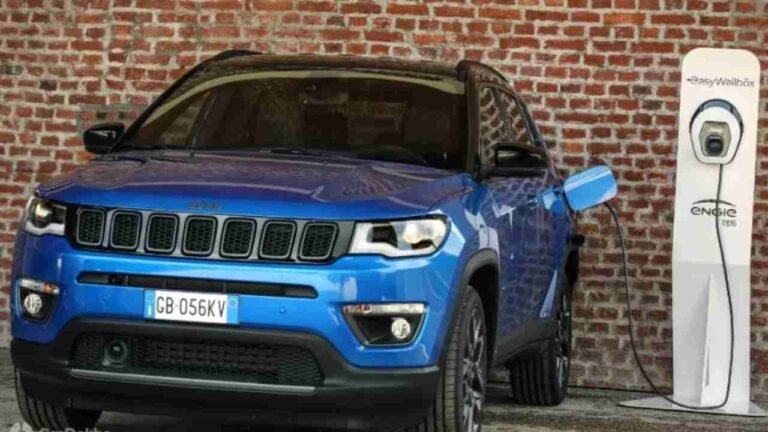Nissan GT-R
February 17, 2024

Revolutionizing Home Fitness: The Peloton Bike Experience
February 14, 2024

Exploring the World of Electric Bikes: A Comprehensive Guide
February 14, 2024

Jeep Unveils Electrifying Future with Compass 4xe Plug-in Hybrid
January 31, 2024











